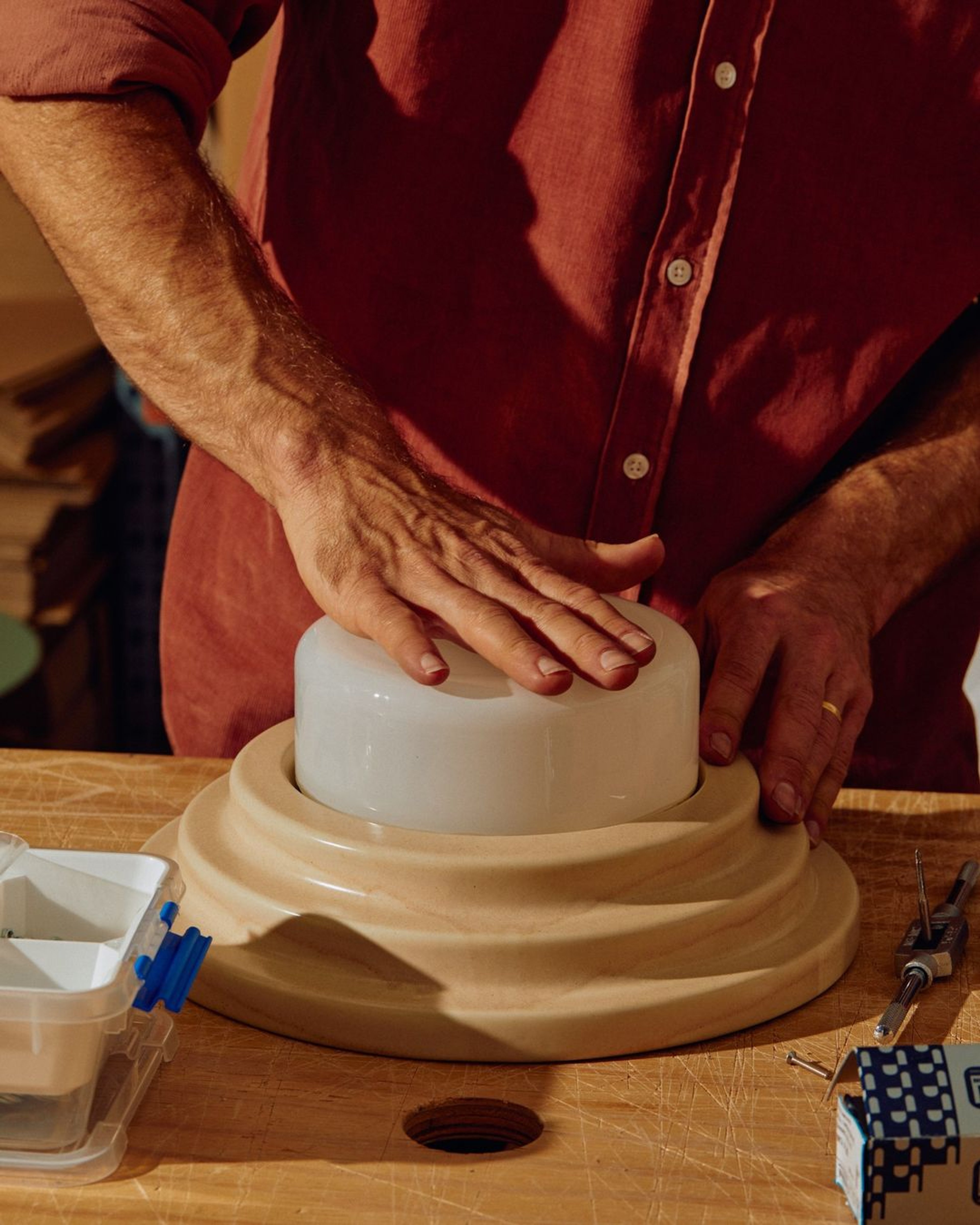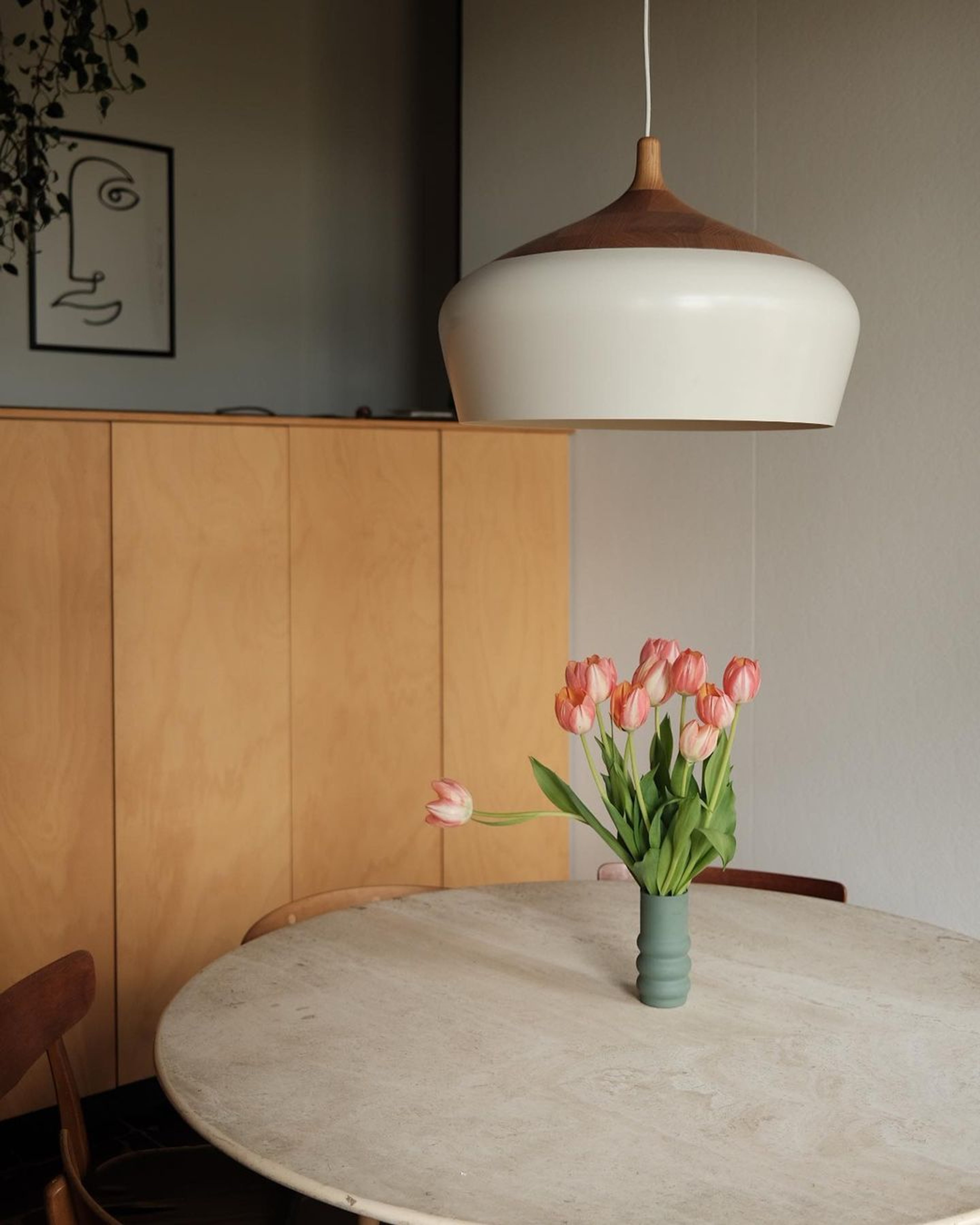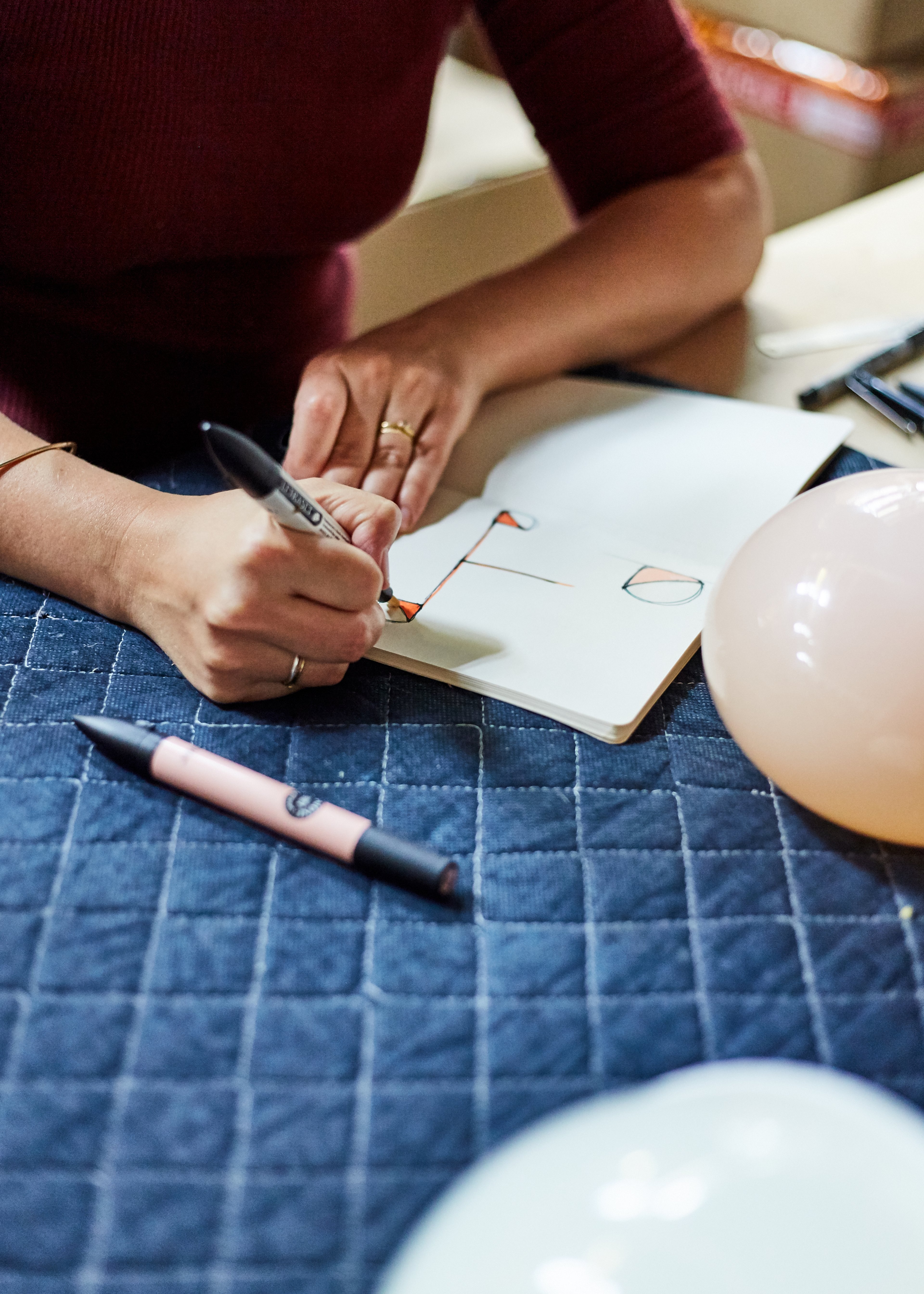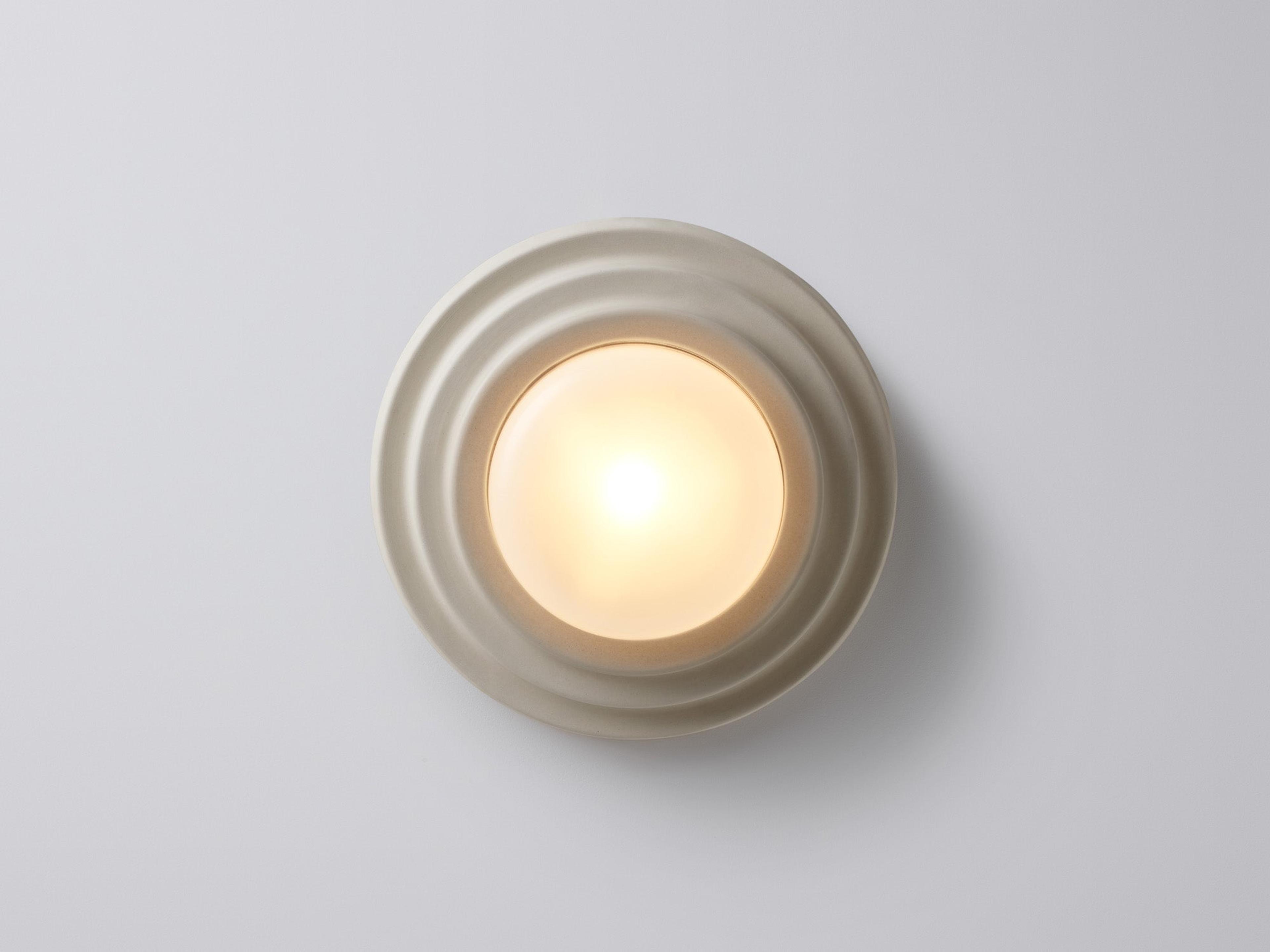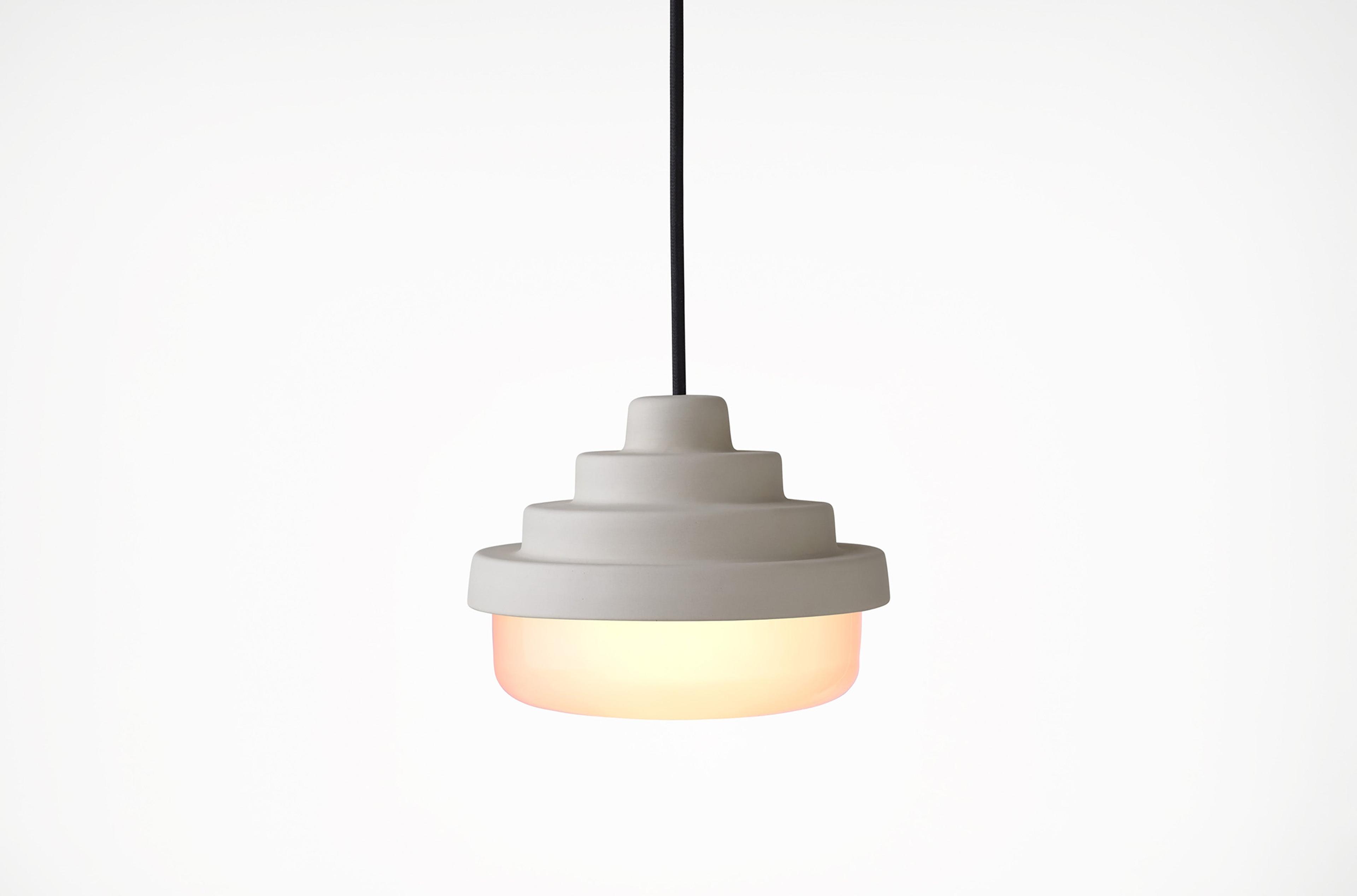Coco Flip
“We believe in buying less and buying well, and hope that our products bring a lot of joy to people and their environments for many years.”
Coco Flip
by Kate Stokes & Haslett Grounds
Kate Stokes
Haslett Grounds
Coco Flip
Kate Stokes is one half of the duo that makes up Coco Flip, a design studio specialising in furniture and lighting design, that was established in 2010. Originally hailing from Perth, Kate was introduced to the world of design through her studies at Curtin University, where she majored in Industrial Design. Following an illuminating experience displaying a piece of her furniture design at Milan’s SaloneSatellite in her final year at university and several years of work experience in creative management, she was awarded a government-funded ArtStart grant in 2010, allowing her to take the leap into starting her own business, which she now runs with husband Haslett Grounds in Melbourne.
Early success
Kate saw early interest in Coco Flip when their product ‘Coco Pendant’, a lighting design inspired by Scandinavian and Japanese aesthetics, was selected for a number of awards at Fringe Furniture exhibition in 2011. Following their successful run at Fringe, director Richard Munao of Cult Design was introduced to Kate’s work through her entry of Coco Pendant into their Design Journey competition. Drawn into Coco Flips refreshing designs he has since introduced much of Coco Flip’s range into their own catalogue.
Design Philosophy
Kate aims to “create thoughtful, considered products that last a lifetime”; pieces that “become part of the family and work in a variety of settings without dating”. Through designing unique pieces of furniture and lighting with an emphasis on simplicity, she hopes to create works that “balance simplicity without being too cold or formal” - a quality, she says, that Danish and Japanese designers have achieved for a long time, and a trend that Australian designers have been following.
Inspiration
Traveling, she says, gives us “a unique ability to change the way we look at everyday things” - and even at times when travelling long distances is too impractical, a trip to the Heide Museum of Art or the NGV provides her with adequate “space to think”.
Indeed, Kate draws a lot of inspiration from abroad. She states that travel influences a lot of her design ideas - trips to Scandinavia have helped shape her overall design aesthetic, and visiting Japan inspired the “playful character” of her Puku Ottoman.
Kate’s exposure to nature from a young age helps drive her inspiration, “we did a lot of camping growing up” – “The environment I was raised in gave me a great appreciation for nature and simplicity”. To capture some quiet, occasionally she’ll choose to walk along the Yarra river in Melbourne – “ It’s so important to give your brain space to think – it’s such a busy world we live in and I find I need to give myself time and space to feel creative”.
Kate cites Australian design contemporaries Henry Wilson, Ross Gardam, Keith Melbourne, Adam Goodrum, Trent Jansen, Sarah Gibson and Nicholas Karlovasitis as some of her main inspirations, as well as international designers such as Ronan and Erwan Bouroullec, and Patricia Urquiola. In addition, mentors such as Ross Hines - owner of retailer Tongue and Groove - and Miles Hull and Howard Cearn at Little Creatures Brewing in Fremantle, where Kate worked as a Creative Development Manager, provided a lot of support on her journey toward running her own design company.
Kate's Design process
When designing new products, Kate endeavors not to be tied down by too many restrictions. For her, solid ideas often form from a pattern that emerges through sketches she’s made over an extended period of time - and she always has a sketchbook handy: “good old fashioned pen and paper is always where it starts for me,” she says. Free from the distractions of her studio, Kate prefers to sit down in a cafe with her sketchbook, and draw freely from scratch - a routine she practices regularly. She refers to this process as “slow design” - whilst she takes into account feasibility in terms of budget constraints and manufacturing possibilities, she feels that it’s important not to impose too many restrictions.
When she feels that she’s found an idea worth pursuing, the next step is narrowing it down to a brief: a “mood and tone” is specified, as well as a material and production technique, followed by a “function”. The design is then refined through model making and more sketching, followed by the removal of unnecessary elements. After researching potential manufacturers in Melbourne, the design is fleshed out using 3D modeling and technical drawing, which is communicated to the manufacturers in order to receive any feedback and get an idea of cost.
Kate finds importance in the people and materials used in her products, “We work with local craftspeople and always use the best quality materials available to us” and “hope that our products bring a lot of joy to people and their environments for many years”. All that’s left after that is prototyping, and the refinement of details until they arrive at a finished product.
